Articles
Object Of The Month
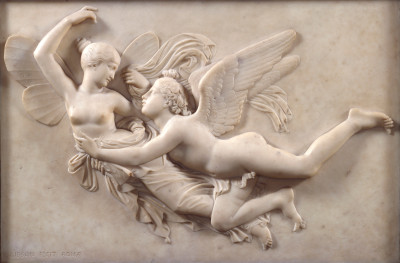
Our Collection
> 6 years ago
How to read it: John Gibson’s Cupid and Psyche
Take a closer look at how one of Britain’s most celebrated 19th-century sculptors tackled an ancient Roman tale in marble.
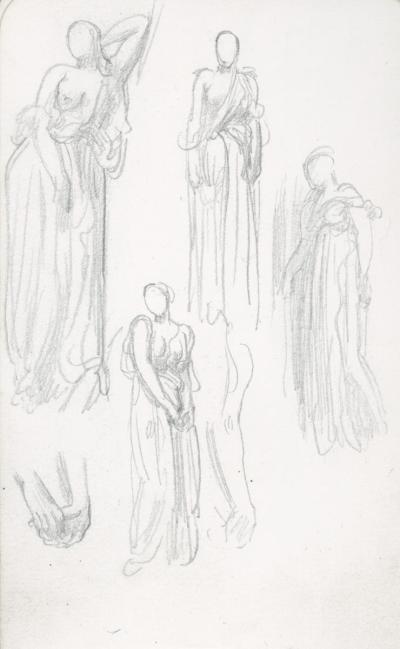
Our Collection
> 6 years ago
Object of the month: August 2016
Draughtsmanship was an essential part of Lord Leighton PRA’s artistic practice and he placed great value on his drawings.
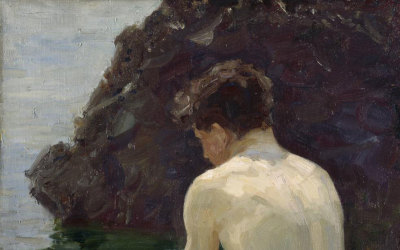
Our Collection
> 6 years ago
Object of the month: July 2016
Henry Tuke is a British painter known for his accomplished approach to the depiction of outdoor light. He studied in London, Florence, and Paris where he developed his plein-air style, but it was Tuke’s sensitive treatment of the male nude outdoors, of which July Sun is a masterful example, that established his reputation, and led to his election as a Royal Academician.
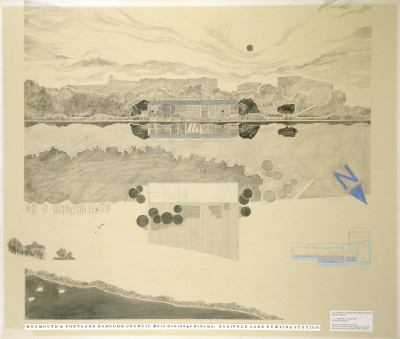
Our Collection
< 7 years ago
Object of the month: June 2016
As we celebrate Leonard Manasseh RA’s 100th birthday, we take a look at the architect’s design for Radipole Lake pumping station.

Artists
< 7 years ago
Object of the month: April 2016
As Yinka Shonibare RA prepares to wrap the Academy’s Burlington Gardens façade in his bold designs, the RA Collections team takes a look at one of his distinctive works.
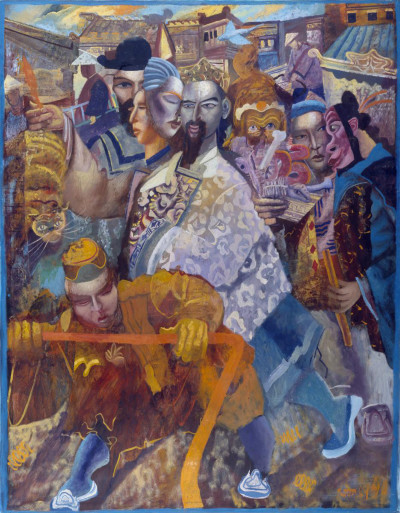
Our Collection
7 years ago
Object of the month: March 2016
“All my paintings are ultimately about the human condition, figures doing something or nothing.”
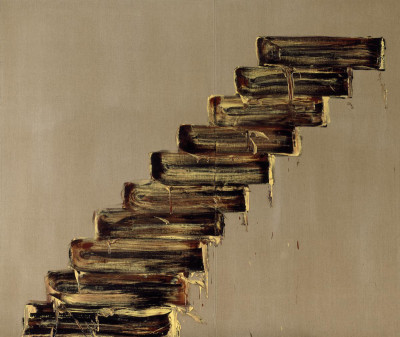
Our Collection
7 years ago
Object of the month: February 2016
“My paintings are abstract to me.” Basil Beattie RA’s painting suggests a narrative of ascent, but leads nowhere.
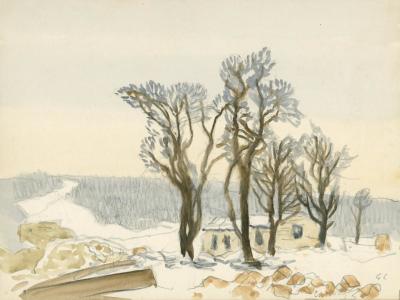
Our Collection
7 years ago
Object of the month: January 2016
“There was always landscape,” George Clausen RA said of his painting.
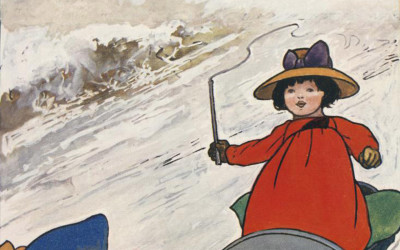
Our Collection
> 7 years ago
Object of the month: December 2015
By 1880 there was huge competition amongst publishers to employ the best writers, illustrators and designers for books published in the run up to the Christmas holiday.
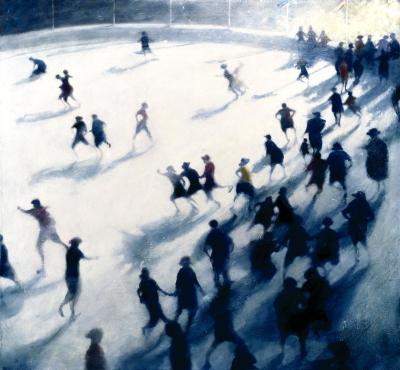
Our Collection
> 7 years ago
Object of the month: November 2015
Through his paintings, drawings and engravings, Bill Jacklin RA has obsessively pursued an exploration of light and darkness in all its possible forms.
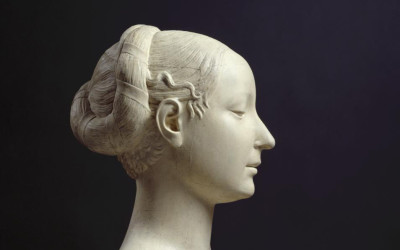
Our Collection
> 7 years ago
Object of the month: October 2015
A 19th-century cast of Francesco Laurana’s bust of Maria Sforza is currently on display in the RA Library as part of Edmund de Waal’s project, ‘white’.
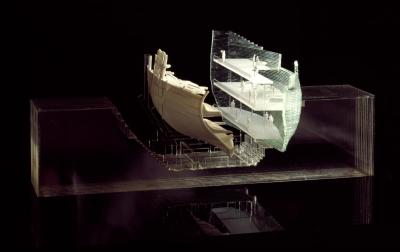
Our Collection
> 7 years ago
Object of the month: September 2015
The architect’s design for the new Mary Rose Museum in Portsmouth was created to house the remains of the Tudor warship.
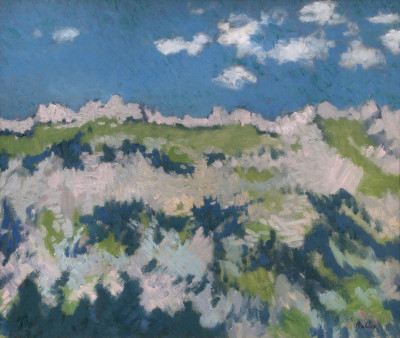
Our Collection
> 7 years ago
Object of the month: August 2015
The artist’s short, vigorous brushstrokes and bright palette of blues, greens and white suggest the fresh, vivid atmosphere of the mountains.

Our Collection
> 7 years ago
Object of the month: July 2015
The artist’s printmaking combines boldly defined outline with vivid colouring, an approach which the artist also applies to his own self-image.
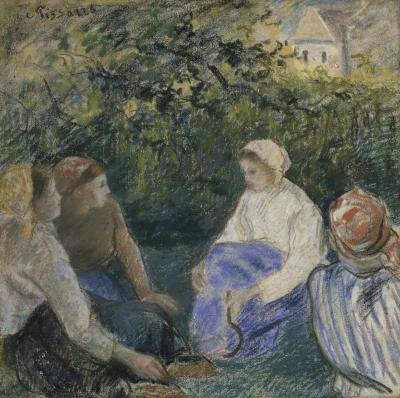
Our Collection
< 8 years ago
Object of the month: June 2015
As he observed the daily life of farming peasants, Pisarro illustrated his belief in an idyllic rural community balancing work with leisure.
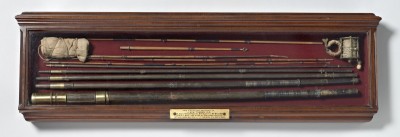
Our Collection
< 8 years ago
Object of the month: May 2015
Fishing was often a subject of JMW Turner’s paintings. Here we take a look at his own fishing rod.
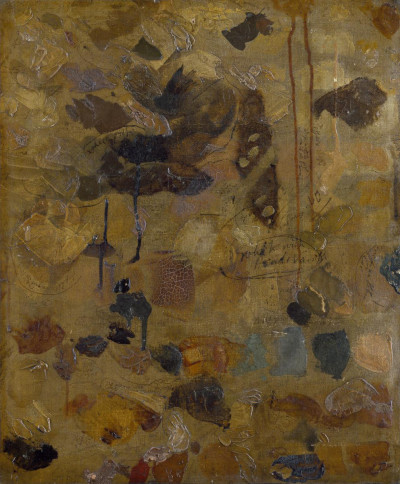
Our Collection
8 years ago
Object of the month: March 2015
As a new exhibition of paintings by Sir Joshua Reynolds opens at the Wallace Collection, we take a look at one of his more experimental pieces in the RA Collection.
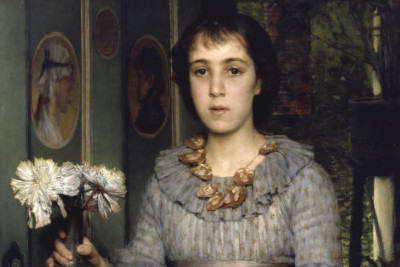
Our Collection
8 years ago
Object of the month: February 2015
A trip to Pompeii in Italy ignited a preoccupation with Classicism that spanned Sir Lawrence Alma-Tadema RA’s career.
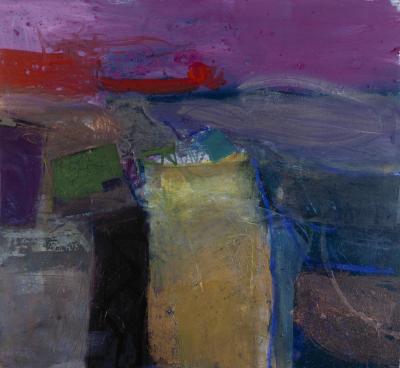
Our Collection
8 years ago
Object of the month: January 2015
Though she has travelled from Europe to South Africa and New Mexico, it is the rugged terrain of Scotland to which Barbara Rae RA repeatedly returns.
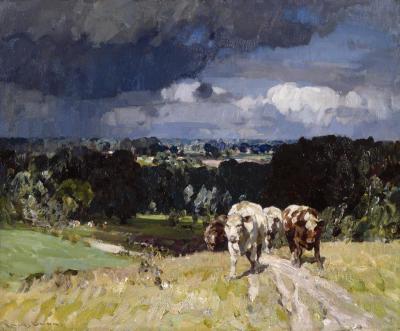
Our Collection
8 years ago
Object of the Month: December 2014
Working out of doors, Sir John Arnesby Brown RA used dynamic brushstrokes and a palette knife to capture bovine energy and the drama of dark, thundery clouds.
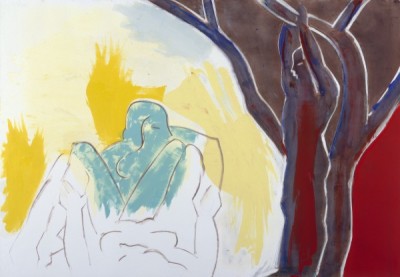
Our Collection
> 8 years ago
Object of the month: November 2014
Typical of the work of Allen Jones RA in its examination of the voyeuristic gaze, this print depicts the psychology of human interaction in bold unmodulated colours.

Our Collection
> 8 years ago
Object of the month: October 2014
Originally cast in 1776 from the corpse of a smuggler fresh from execution, ‘Smugglerius’ was commissioned to improve the teaching of anatomy in the RA Schools.
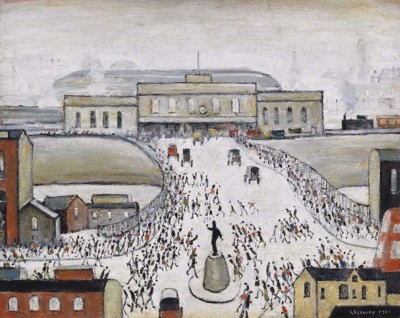
Our Collection
> 8 years ago
Object of the month: September 2014
Combining several elements of his work, this piece features the crowds common to works by Lowry, who often painted from memory or imagination.
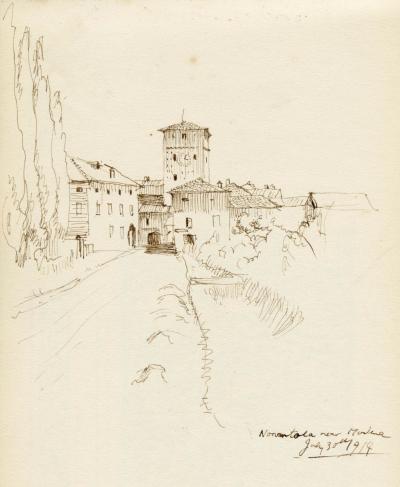
Our Collection
> 8 years ago
Object of the Month: August 2014
Taken from one of the artist’s sketchbooks, this captures the Italian town of Nonantola just prior to the beginnings of the First World War.
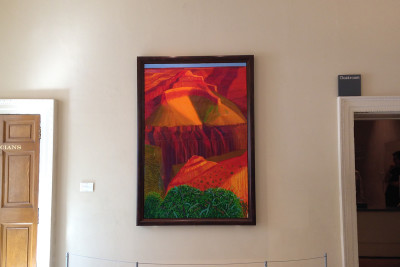
Our Collection
> 8 years ago
Object of the month: July 2014
These two canvases are a study for a panoramic work, ‘A Closer Grand Canyon’, which was made up of 96 individual canvases and painted in 1998.
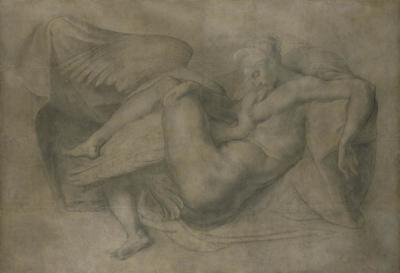
Our Collection
> 8 years ago
Object of the month: June 2014
One of the treasures of the Royal Academy Collection is now on display in a new exhibition about Michelangelo at the Capitoline Museum in Rome.
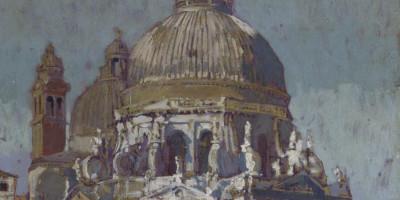
Our Collection
< 9 years ago
Object of the Month: May 2014
One of the most influential figures in twentieth-century British art, Sickert’s Diploma work uses an impasto style to depict the ornate Baroque decorations of the Santa Maria della Salute in Venice.
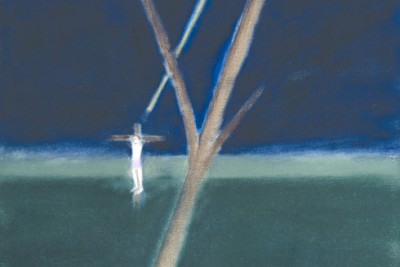
Our Collection
< 9 years ago
Object of the Month: April 2014
The influence of Aitchison’s travels to Italy is evident in this representation of the Crucifixion, presented to the Academy on his election.
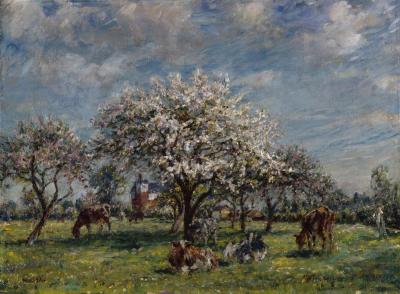
Our Collection
< 9 years ago
Object of the Month: March 2014
In 1910, C. Lewis Hind in the Art Journal, summarised Mark Fisher’s working practice thus: ‘He just walks out, sees something, feels an irresistible desire to paint it, and proceeds to paint it in the open air.’
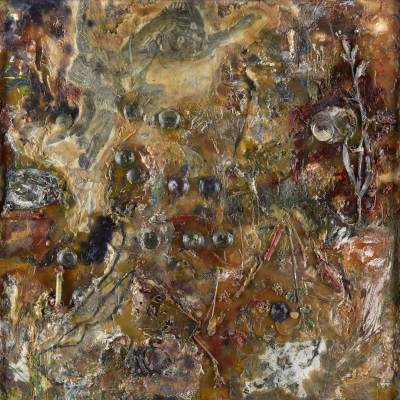
Our Collection
9 years ago
Object of the month: February 2014
Terry Setch painted ‘Smoked Out’ for the exhibition Images of Paradise held at Harewood House, Yorkshire, in 1989. The exhibition was organised by Survival International, a group dedicated to protecting the lives, culture, and land of tribal peoples.
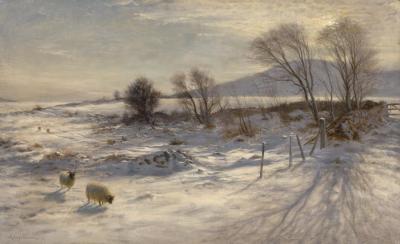
Our Collection
9 years ago
Object of the month: January 2014
Joseph Farquharson RA was a landscape painter who was celebrated for his winter scenes, which he infused with a strong sense of atmosphere and mood.